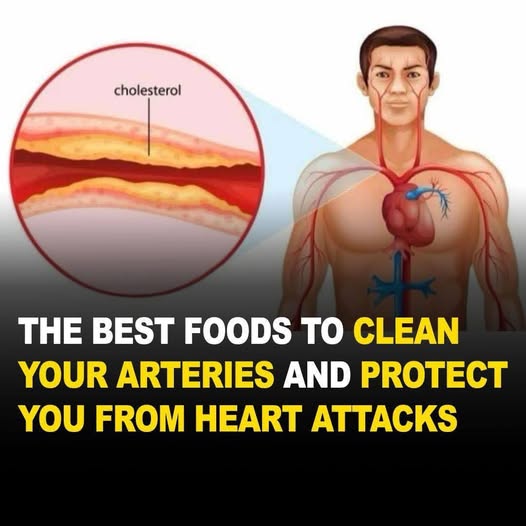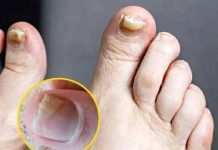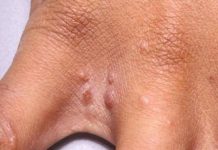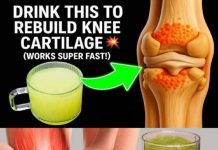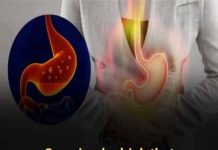Clogged arteries occur when cholesterol, fat, and other substances form plaque on artery walls, narrowing or blocking blood flow. While arteries supply oxygen-rich blood throughout the body, plaque buildup disrupts this process and can trigger serious health issues.
Common Symptoms by Affected Area
1. Chest Pain or Angina
Characteristic pressure, tightness, or pain in the chest—angina—often occurs when plaque narrows coronary arteries, especially during exertion. This pain may radiate to the shoulder, jaw, arm, or back .
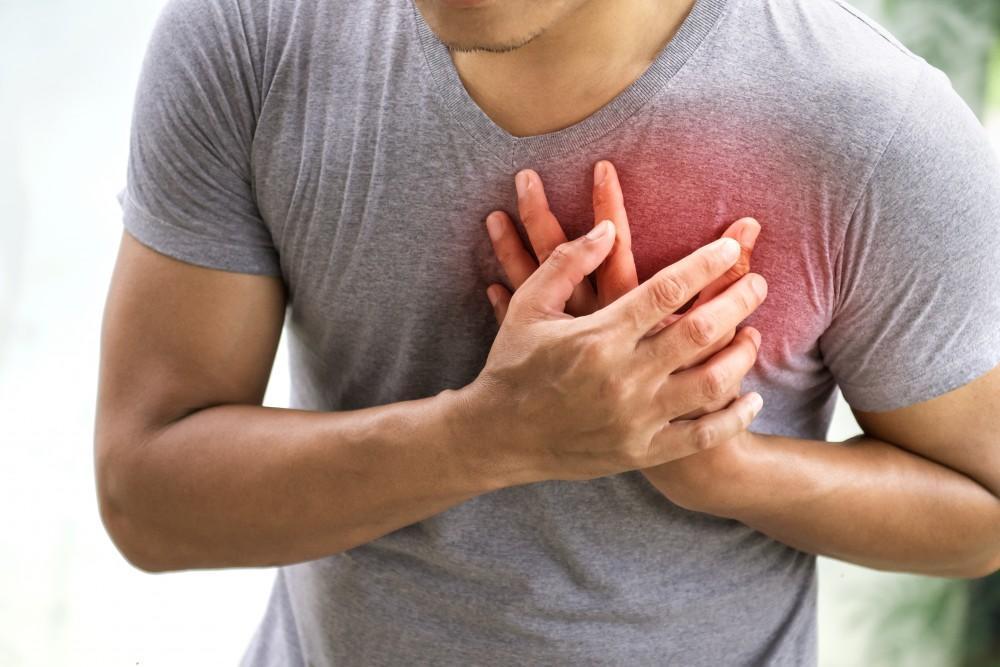
2. Shortness of Breath
Breathlessness during routine activities can signal that clogged arteries are reducing blood supply to the heart or lungs. This may occur even when inactive, pointing to advanced arterial issues
3. Fatigue, Dizziness, Nausea
Persistent fatigue, lightheadedness, and nausea can accompany restricted blood flow to the brain and heart. Experiencing these symptoms without clear cause merits urgent medical evaluation
4. Numbness, Tingling, or Slurred Speech
Plaque in carotid arteries (supplying blood to the brain) may lead to numbness, tingling (often on one side of the body), or speech changes—possible signs of a transient ischemic attack or stroke .
5. Leg Pain and Cramping
PAD occurs when arteries feeding the legs are narrowed. Common calcifications include leg cramps or pain when walking or standing, which typically ease with rest .
6. Cold, Discolored, or Swollen Extremities
Poor circulation may cause cold feet or legs, bluish discoloration, and swelling in the limbs—signs of impaired blood flow to peripheral tissues
7. Slow-Healing Sores or Numbness
Persistent sores or blisters that take a long time to heal on the legs or feet can indicate poor circulation. Likewise, numbness or tingling while walking can signal insufficient nerve oxygenation due to clogged leg arteries .
Subtle Signs on the Skin and Feet
Alongside the symptoms above, subtle physical changes on the skin, especially around the face, toes, or legs, may offer early clues. These include swelling, discoloration (“blue toes”), and even hair loss or nail changes—all potentially linked to restricted blood flow from arterial plaque .
Why Early Detection Saves Lives
Atherosclerosis is often silent until artery narrowing is severe. But catching these signals early allows for interventions—diet, exercise, medications, or procedures like angioplasty or bypass—to delay progression and prevent emergencies like heart attack or stroke.
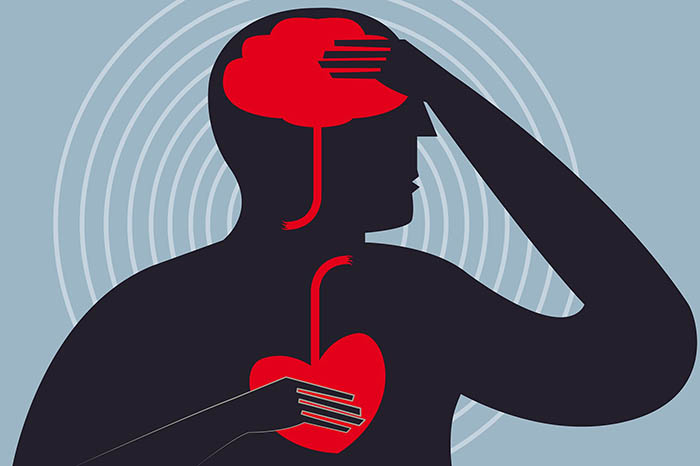
Risk Factors to Be Aware Of
Certain factors increase the risk of clogged arteries, including:
- High cholesterol and triglycerides
- Hypertension and diabetes
- Smoking and obesity
- Sedentary lifestyles
What You Can Do
- Monitor symptoms: Note chest pain, fatigue, breathlessness, leg cramps, numbness, or cold extremities.
- Consult your doctor: Simple tests like blood pressure checks, cholesterol panels, ankle–brachial index (ABI), ECG, or stress tests help assess risk .
- Live healthily: Adopt a balanced diet, regular exercise (150 minutes/week), no smoking, and maintain healthy weight .
- Follow medical advice: If diagnosed, use cholesterol-lowering drugs (e.g. statins), antihypertensives, or blood thinners as prescribed .
Final Thought: Listen to Your Body
Clogged arteries often develop quietly, but your body can signal trouble. By paying attention, seeing your doctor early, and adjusting your lifestyle, you can significantly reduce risks and maintain cardiovascular health. Remember: early detection and proactive care might save your life.

